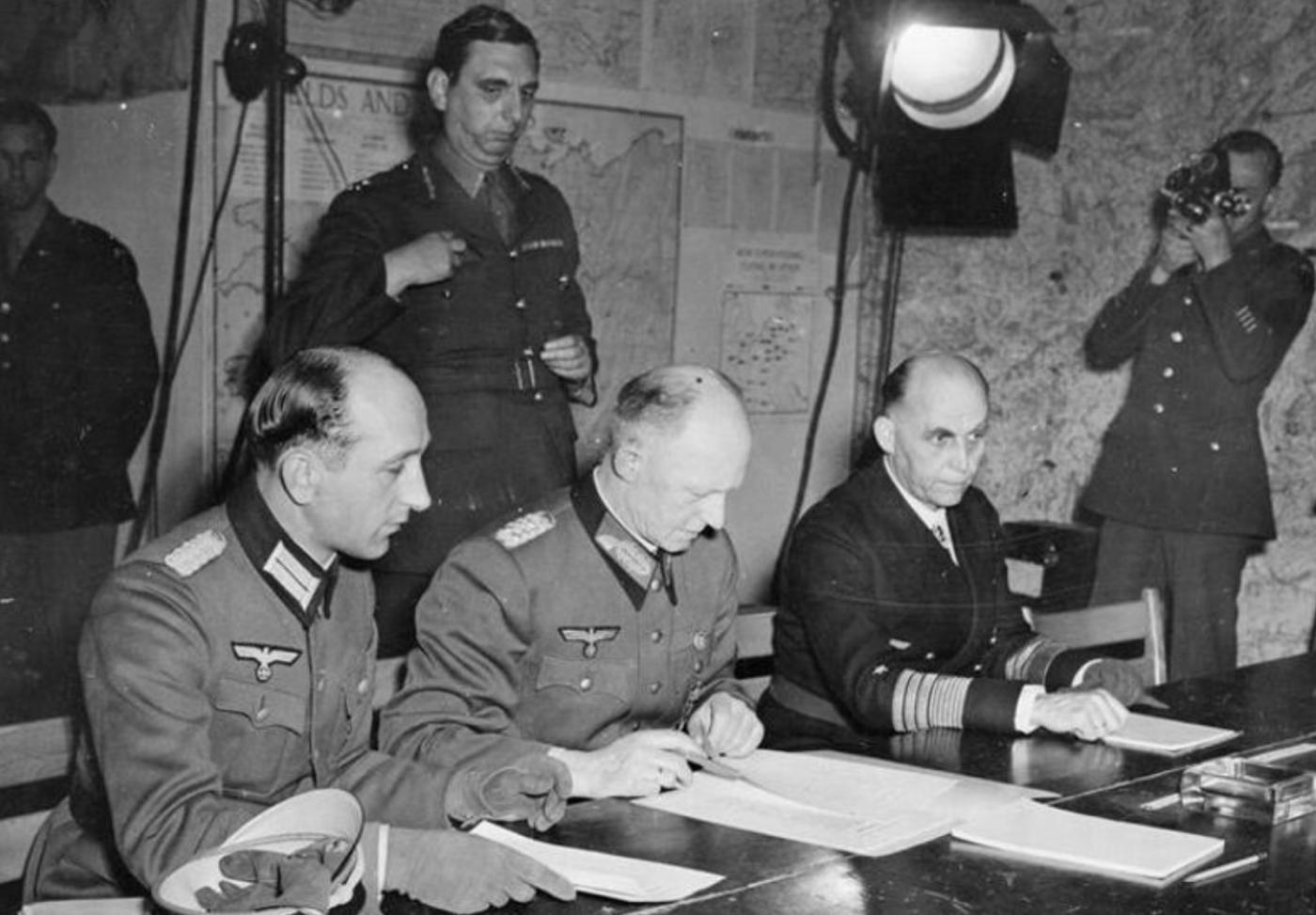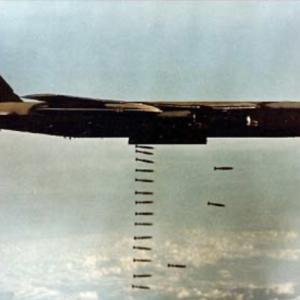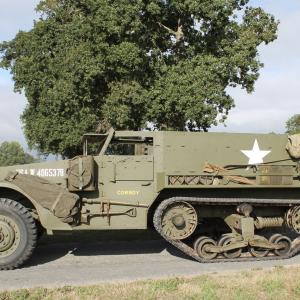
How Germany surrendered in ww2
As the Third Reich crumbled in the spring of 1945, Berlin lay in ruins, encircled by Soviet forces. Facing inevitable defeat, Adolf Hitler took his own life on 30 April 1945 in his bunker beneath the Reich Chancellery. In his political testament, he named Grand Admiral Karl Dönitz as his successor, granting him the title of President of Germany.
With the Nazi regime on the brink of total collapse, Dönitz assumed control of what remained of the German government from Flensburg, near the Danish border. Fully aware that further resistance was futile, Dönitz's primary objective was no longer military victory but the preservation of German lives—particularly by avoiding mass surrenders to the advancing Soviet Red Army, whose vengeance was feared throughout the Reich. He aimed to surrender as much of the German military as possible to the Western Allies, whom he hoped would treat German prisoners more humanely.
On 4 May 1945, a German delegation arrived at the headquarters of British Field Marshal Bernard Montgomery at Lüneburg Heath, east of Hamburg. There, German commanders signed the unconditional surrender of all forces operating in the Netherlands, northwestern Germany, and Denmark. This marked a major step in the disintegration of Nazi military power in Western Europe.
Three days later, on 7 May, the formal, broader act of unconditional surrender was signed at the Allied headquarters in Reims, France. Representing the German High Command, General Alfred Jodl affixed his signature to the document, which stipulated the complete cessation of hostilities by all German forces. Supreme Allied Commander General Dwight D. Eisenhower accepted the surrender, and the terms were set to take effect at 23:01 Central European Time on 8 May 1945—marking the official end of World War II in Europe for the Western Allies, and ushering in what would become known as Victory in Europe (VE) Day.
However, Soviet leader Joseph Stalin, deeply distrustful of the West and desiring a parallel act of capitulation on Soviet soil, insisted on a separate surrender ceremony. Consequently, a second signing was arranged in the early hours of 9 May (Moscow time) at the headquarters of the Soviet military administration in Berlin’s Karlshorst district. This time, German Field Marshal Wilhelm Keitel, along with other senior officers, formally surrendered to the Soviet High Command, satisfying Stalin’s demand for recognition of the USSR’s pivotal role in the Allied victory.
Dönitz's strategy achieved partial success. By stalling surrender to the Soviets and prioritizing Western fronts, he enabled millions of German soldiers and civilians to flee westward and surrender to British and American forces. This maneuver spared many from the brutal conditions of Soviet captivity, though it could not prevent the devastation already wrought by years of war and Nazi tyranny.










